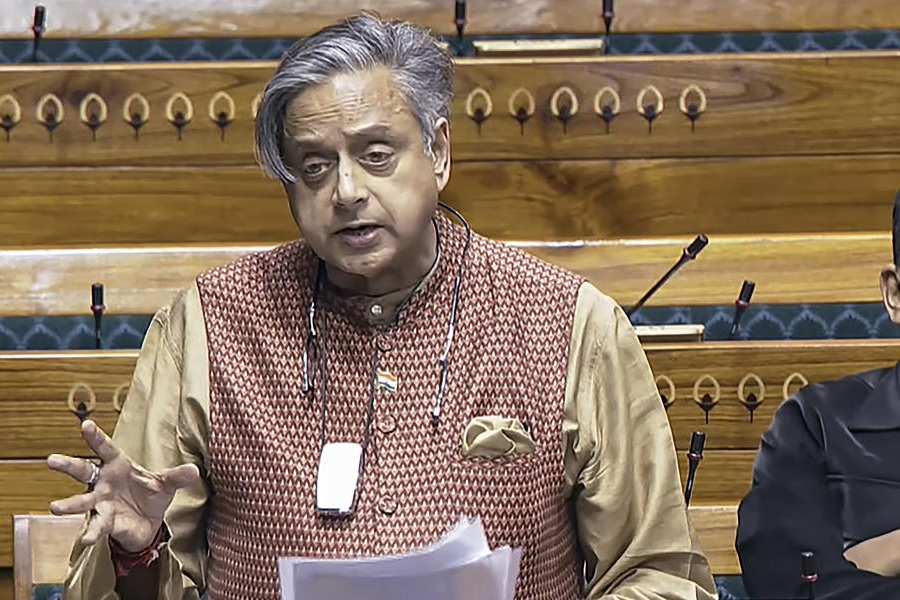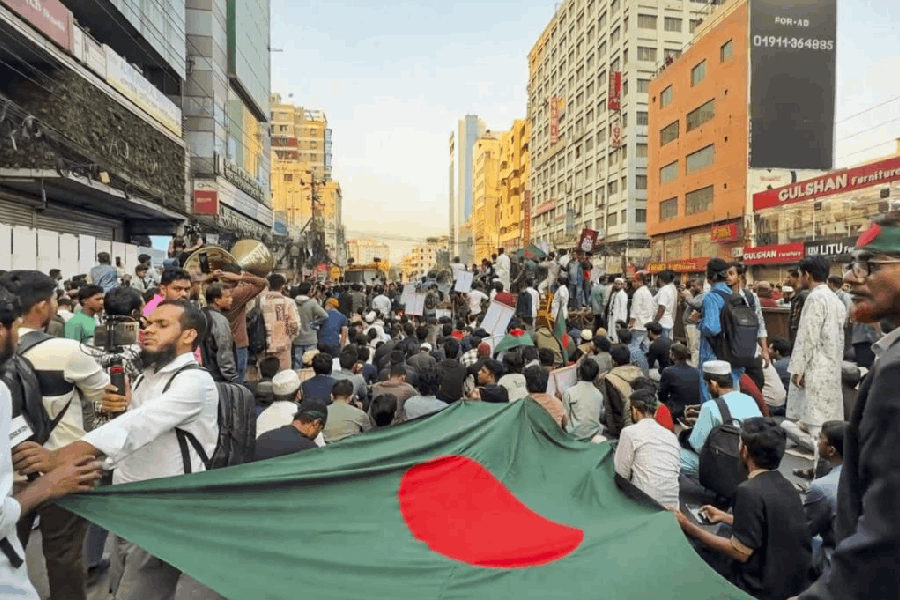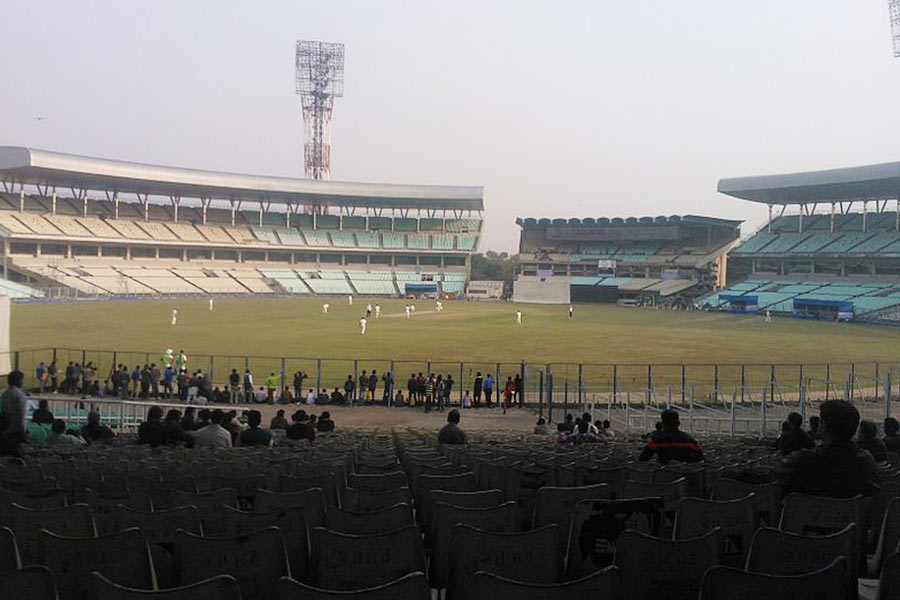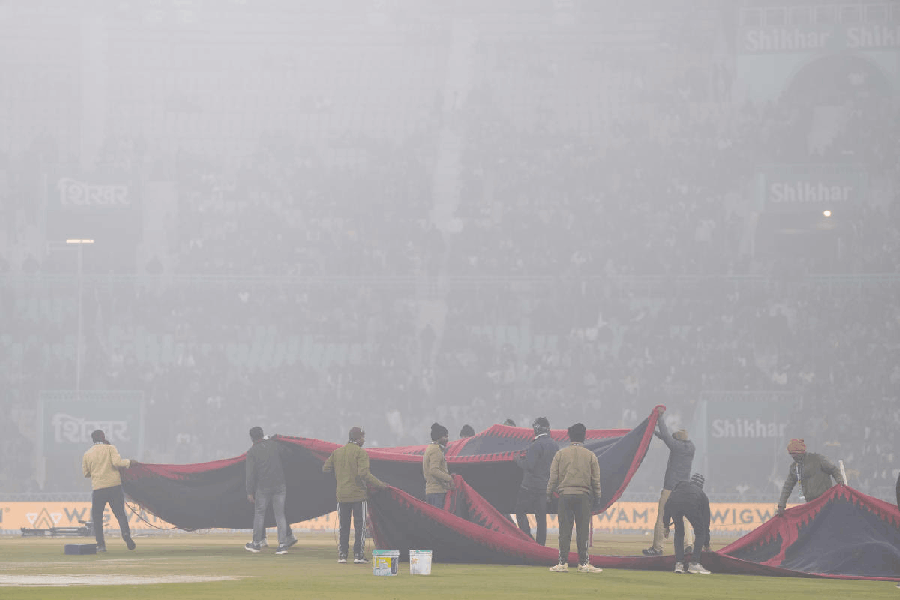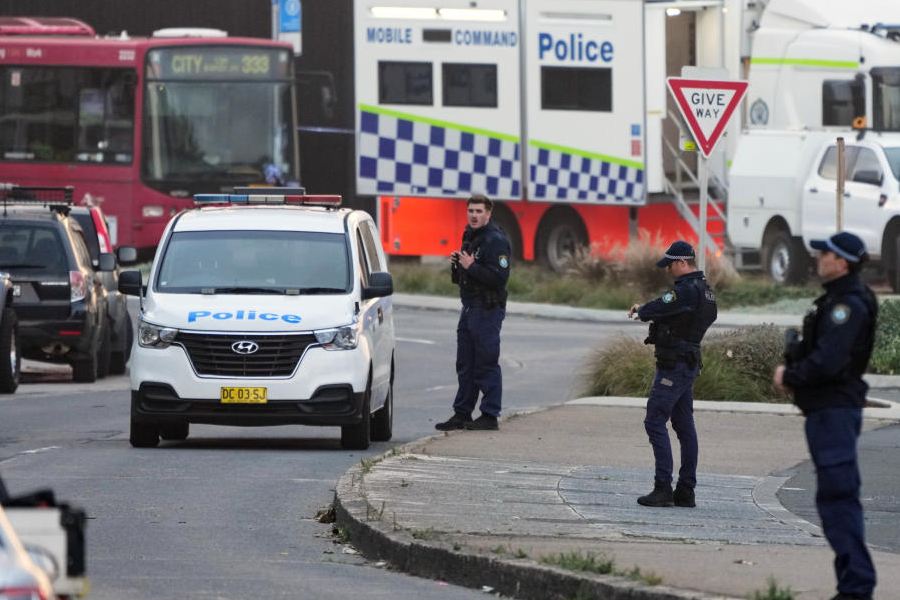New Delhi, April 29: The Centre has proposed raising the cut-off income for the “creamy layer” among the Other Backward Classes from Rs 4.5 lakh a year to Rs 6 lakh a year.
If the proposal is cleared, more OBCs will become eligible for the benefits of reservation in government jobs and college seats. Currently, nearly a third of higher-education seats under the 27 per cent OBC quota go begging and eventually revert to the general category.
The (gross) income ceiling to determine the creamy layer was last revised in 2008. The National Commission for Backward Classes recently recommended an increase, citing the rise in incomes in the country over the past four years.
The social justice and empowerment ministry then sent the proposal for a Rs 6-lakh cut-off to other ministries, seeking their comments. Once the inter-ministry discussions end, a final proposal will come up for cabinet approval.
Hyderabad academic and activist Kancha Ilaiah said the new cut-off would benefit the OBCs.
“Many reserved seats for the OBCs in centrally funded institutions and central government jobs remain vacant every year. The government says there are not enough eligible candidates among the non-creamy layer to fill the posts and seats,” he said.
“The occupancy rate is about 60 per cent. The vacant seats ultimately become de-reserved and go to the general category. If the income limit that defines the creamy layer is raised, more OBCs would become eligible to receive the benefits of the affirmative action.”
According to University Grants Commission data, 3,208 seats remained vacant against a total of 9,386 OBC quota seats in centrally funded higher-education institutions in 2008-09. The following year, when more institutions implemented the quota, 6,645 of 23,010 seats could not be filled.
Some academics, though, argued that raising the income cut-off would hurt the poorer OBC students.
“The pool of beneficiaries will increase, but the benefits may go to students from the richer families (earning between Rs 4.5 lakh and Rs 6 lakh a year) since they are likely to have received better schooling compared with their peers from lower income groups,” said R. Govinda, vice-chancellor of the National University of Educational Planning and Administration.
The Centre introduced the concept of “creamy layer” for the OBCs in 1993 with the idea that reservations should benefit the poorest among the category. It set the income cut-off (for the parents of the candidates) at Rs 1 lakh. The limit was raised to Rs 2.5 lakh in 2004 and to Rs 4.5 lakh in 2008.
In the 1990s, there was only job reservation for the OBCs. In 2006, Parliament introduced an OBC quota in central higher-education institutions too.
E. Muralidharan, IIT alumnus and social activist, said that restricting the “creamy layer” concept only to the OBCs was “arbitrary”.
“If OBCs above a certain income limit are not eligible for affirmative action, the same restriction should apply to the Scheduled Castes and Scheduled Tribes too, but there is no ‘creamy layer’ for them,” he said.
Muralidharan argued that the concept should be introduced even for general-category candidates so that only the children of poor people among them receive subsidised education at government institutions.


